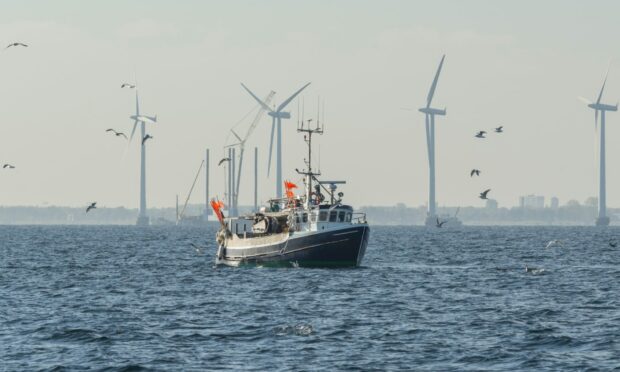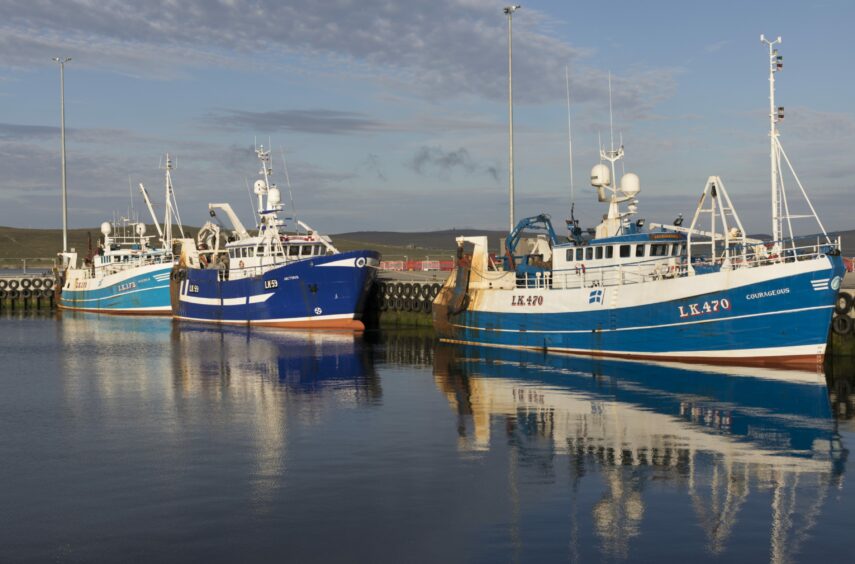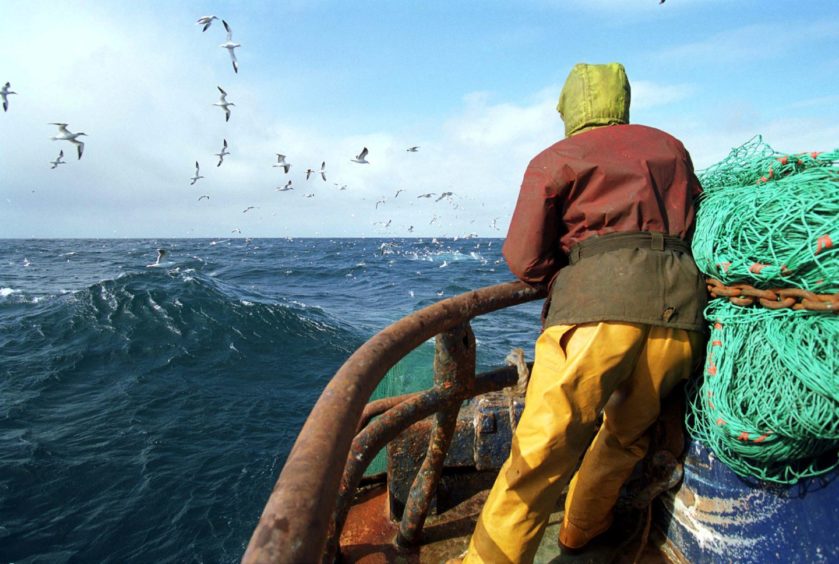Plans to locate offshore wind farms in rich fishing grounds are being rushed through without proper consultation, it has been claimed.
Shetland fishers have highlighted a series of glaring flaws in the process for identifying suitable sites for the turbines needed to power oil and gas installations west of the islands.
One bone of contention is in the data being used for current and historical fishing activity in the areas under consideration.
Shetland Fishermen’s Association (SFA) says this is limited to bottom trawling and excludes other methods of fishing, including seine netting, pelagic hauls, gillnetting and longlining.
The association is also alarmed the data covers only activity involving Scottish fishing boats, ignoring those of vessels from the rest of the UK, the EU, Norway and Faroe.
SFA’s concerns relate to the Scottish Government’s Innovation and Targeted Oil and Gas (INTOG) leasing round.
While the fishing industry will always support the aim of lowering carbon emissions, the INTOG consultation is being rushed through with scant attention to detail.”
Sheila Keith, Shetland Fishermen’s Association.
Developers have been invited to apply for the right to build offshore wind farms specifically for the purpose of providing low carbon electricity to offshore oil and gas installations.
INTOG is separate from the ScotWind auction – run by Crown Estate Scotland, for potential offshore wind farms for domestic and commercial electricity production.
Industry ‘hugely concerned’
SFA policy officer Sheila Keith said: “The Shetland fishing industry depends on these rich grounds to the west of the islands for catching, and is hugely concerned that proper assessment of the potential impact of INTOG offshore wind on fishing is not being made.
“While the fishing industry will always support the aim of lowering carbon emissions, the INTOG consultation is being rushed through with scant attention to detail – unlike ScotWind, which involved widespread and detailed consultation.
“These are vast areas, with water depths of up to 200m (656ft).
“Floating wind technologies are in their infancy for those sorts of conditions and developers readily concede that technological solutions will not be available until after 2030.”
Ms Keith added: “The whole process should be slowed down so that the industry can gather and fully assess fishing data from these areas.
“That way, existing fishing opportunities and activities can be safeguarded as required in the National Marine Plan.”
A government spokesman said: “We need bold action to tackle the climate emergency.
“Renewable energy, including offshore wind, will deliver good, green jobs, benefits for communities and strengthened energy security as we transition to becoming a net-zero nation.
“We want to ensure a constructive relationship between fishers and offshore wind developers in relation to the development of offshore wind energy in Scottish waters.
“Our sectoral marine planning process for offshore renewable energy, which identifies potential areas for future development, involves fishing representatives being invited to join the relevant governance groups, in order to help inform the location of any resultant development areas.”
We need bold action to tackle the climate emergency.”
Scottish Government.
The spokesman added: “The INTOG leasing round is still in the early stages and there are multiple more stages where stakeholders can express their views to help inform the planning process.
“A public consultation was held on the areas of search and the planning specification.
“This will be followed by a detailed environmental and socio-economic assessment to determine if a project should proceed to a draft plan, at which point it would then be subject to further consultation.”
Fishing chief says wind projects bring ‘new challenges’ for Scottish fleet
Marine Fund Scotland awards another £3m – who is getting the biggest grants?



